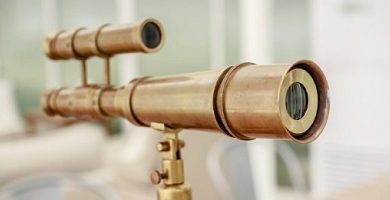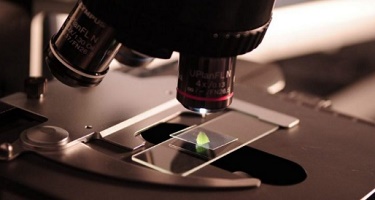What are the soil layers?
We explain what they are and what are the different layers of the soil. In addition, what types of soils exist and what is soil erosion.
-
What are the soil layers?
The soil is the surface layer of the earth’s crust. Under it are several layers, which differ from each other by their appearance, texture and the materials that compose them.
The floor is made up of three layers :
- Lower . It is composed of rocks.
- Intermediate . It is composed of water, clay, stones and sand.
- Superior . It is composed of mulch (made up of sand, minerals, dead plants and animals), air and water.
Edaphology is the science that is responsible for the study of soil and its relationship with plants.
-
What is the ground?
The soil is the layer that covers the surface of planet Earth . It develops the life of plants and animals.
It is composed of remains of living beings, sand, minerals, salts, rocks, water, air, plants and small animals . The organisms that die on the ground are decomposed by microorganisms , that make organic matter and integrate the same soil.
The soil is a very thin layer that formed over the centuries, from the rocks that were disintegrating by rubbing with water , winds and temperatures . It is a non-renewable resource for the long periods it needs for its conformation.
-
Soil strata

In addition to the three layers already mentioned, more specifically five horizons that make up the ground are identified:
- Horizon 0 . It is the top layer of soil. It consists of organic matter detached from plants, such as leaves and branches. There live insects and animals.
- Horizon A. It is the most fertile layer. Dark in color, it consists of decomposed organs or humus and minerals.
- B horizon . Its color is lighter, and metal hydroxides, clay, salts and oxides that creep from the A horizon are deposited.
- Horizon C. There are no material deposits here, nor is there any removal, nor does organic matter accumulate.
- Horizon D. It is the deepest layer of the soil and the one that gives rise to it. It is composed of rocks that did not suffer alterations.
- Horizon E. This layer is sometimes found. It has little light development and is light in color.
-
Types of soil

Different types of soil can be identified, according to their characteristics:
- Calizos . They are composed of minerals such as clay, hematite, calcium carbonate and magnesium. It is an arid and dry soil, so it is not a good alternative for cultivation.
- Sandy . They are dry, rough and do not retain water well, so it drains faster. Because of their lack of nutrients, they do not stand out for being suitable for agriculture. They are characterized by retaining the temperature and having larger particles than the rest of the soil.
- Silty . They are composed of sand and clay. They are dark brown and, unlike the sandy ones, in these soils the particles are smaller and softer. In addition, they manage to retain nutrients and water for longer. Thanks to its nutrients and humidity, they are fertile soils suitable for cultivation and almost all plant species develop there, except those that need a dry habitat .
- Clayey . They are composed of fine yellowish grains. Half of them is clay, which makes them retain a lot of water and nutrients. As their porosity is poor, they do not air but form puddles and can even rot, so they are not a good option for agriculture.
- Stony . They are characterized by being composed of small stones that make them semi-impermeable, which prevents the entry of water and hinders agriculture .
- Salinos . They are soils of dry areas and do not have good drainage. Its high salt content hinders the growth of plant species .
- Humíferos . They are good for cultivation since their decomposed organic material makes them very fertile. Its color is very dark since they absorb a lot of water and have a large percentage of decaying organisms.
- Peat . They are porous and retain moisture even in dry times, so they are ideal for cultivation. Very dark black or brown, they manage to protect the roots during times of low temperatures. In addition, thanks to their acidic pH they control soil pests.
-
Soil erosion

Soil erosion occurs from factors such as wind or water flow . The erosion impairs soil fertility as it generates a reduction of organic matter and minerals.
There are different types of soil erosion:
- Geological erosion . It occurs as a result of heat , cold, winds, snow or rain and takes millions of years.
- Wind erosion . It is a very slow process that occurs as a result of the collisions between the ground and the particles carried by the wind.
- Water erosion . It occurs as a result of the collision of raindrops on the ground. The more intense the rain, the greater the detachment and the dragging of masses and soil particles. In addition, the sea also erodes coastal reliefs.
- Erosion by anthropic action. It occurs as a result of the presence of the human being and its activities ( technology , for example).
- Erosion by splash. It occurs in the soil as a result of the impact of raindrops. The impact will vary according to the size and shape of the drops.





